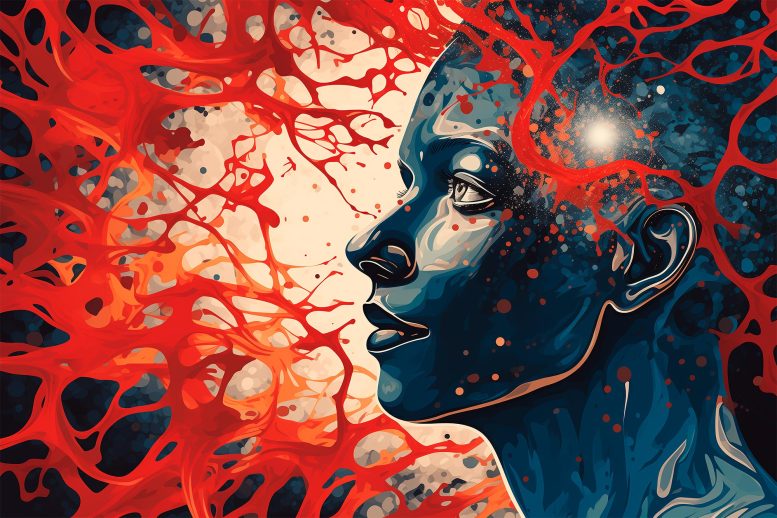
In a groundbreaking study, researchers have identified the right inferior frontal gyrus (rIFG) as crucial in the brain’s inhibitory control circuit. Using dynamic causal modeling and fMRI with 250 participants, the study found high connectivity in this circuit, influenced by gender and performance. The findings reveal hemispheric asymmetry and gender-based differences in brain processes, providing insights that could improve treatment strategies for mental and neurological disorders related to response inhibition.
Researchers discover the critical role of the right inferior frontal gyrus in brain’s inhibitory control, highlighting gender differences and implications for treating related disorders.
Published in the 2023 Volume 3 issue of Psychoradiology a team of dedicated researchers from The University of Hong Kong and The University of Electronic Science and Technology of China has conclusively identified the right inferior frontal gyrus (rIFG) as a key input and causal regulator within the subcortical response inhibition nodes. This right-lateralized inhibitory control circuit, characterized by its significant intrinsic connectivity, highlights the crucial role of the rIFG in orchestrating top-down cortical-subcortical control, underscoring the intricate dynamics of brain function in response inhibition.
Advanced Research Methods and Results
In this comprehensive study, researchers employed dynamic causal modeling (DCM-PEB) and functional magnetic resonance imaging (fMRI) with a substantial sample size (n = 250) to explore inhibitory circuits in the brain, particularly focusing on the right inferior frontal gyrus (rIFG), caudate nucleus (rCau), globus pallidum (rGP), and thalamus (rThal). This approach treated the brain as a nonlinear dynamical system, enabling the estimation of directed causal influences among these nodes, influenced by task demands and biological variables.
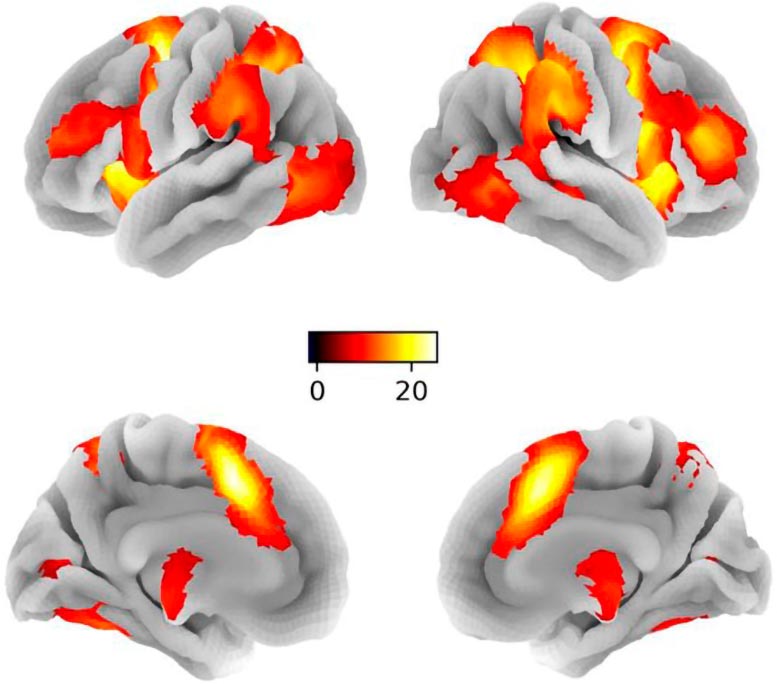
Brain activation maps for general response inhibition on whole brain level (contrast: NoGo > Go; P < 0.05 FWE, peak level). L, left; R, right. The color bar represents the t-values of the BOLD signal and reflect the significance level of the contrast. Credit: Psychoradiology
Findings revealed high intrinsic connectivity within this neural circuit, with response inhibition notably enhancing causal projections from the rIFG to both rCau and rThal, particularly amplifying the regulatory role of the rIFG during such tasks. The study also uncovered that sex and performance metrics significantly affect the circuit’s functional architecture; for instance, women exhibited increased self-inhibition in the rThal and reduced modulation to the GP, while better inhibitory performance was linked to more robust communication from the rThal to the rIFG.
Gender Differences and Hemispheric Asymmetry
Interestingly, these communication patterns were not mirrored in a left-lateralized model, highlighting a hemispheric asymmetry. The research indicates that different brain processes might mediate similar behavioral performances in response inhibition across genders, particularly in thalamic loops, with higher response inhibition accuracy associated with stronger information flow from the rThal to the rIFG.
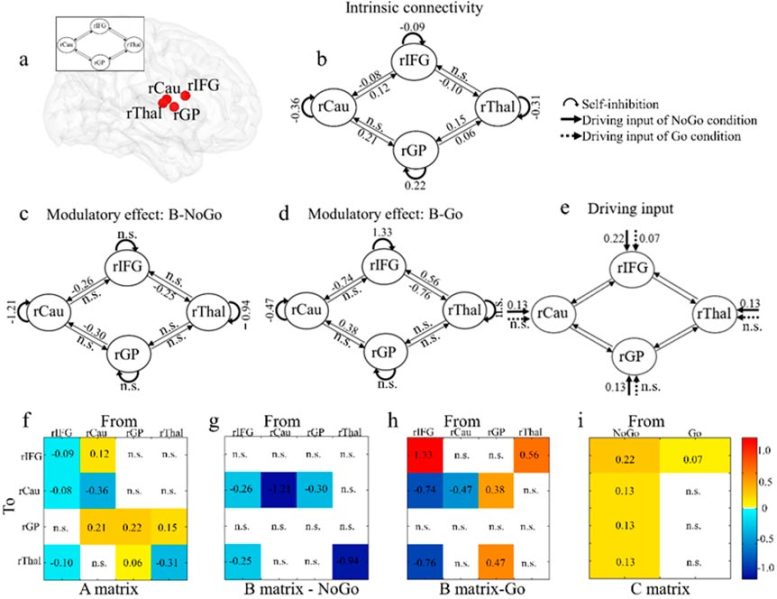
(a) Location of regions included in the right model. The A matrix: intrinsic connectivity across all experimental conditions (b, f). The B matrix: modulatory effect on effective connectivity between regions and self-inhibitions from NoGo (c, g) and Go condition (d, h). The C matrix: Driving inputs in ROI in the NoGo and Go condition (e, i). Values in matrices reflect the connectivity parameters. Credit: Psychoradiology
Implications and Future Directions
These insights into the brain’s inhibitory control mechanisms have significant implications for understanding a range of mental and neurological disorders characterized by response inhibition deficits. The study’s findings could guide the development of targeted neuromodulation strategies and personalized interventions to address these deficits, enhancing the treatment and management of such conditions.
Reference: “The right inferior frontal gyrus as pivotal node and effective regulator of the basal ganglia-thalamocortical response inhibition circuit” by Qian Zhuang, Lei Qiao, Lei Xu, Shuxia Yao, Shuaiyu Chen, Xiaoxiao Zheng, Jialin Li, Meina Fu, Keshuang Li, Deniz Vatansever, Stefania Ferraro, Keith M Kendrick and Benjamin Becker, 13 October 2023, Psychoradiology.
DOI: 10.1093/psyrad/kkad016


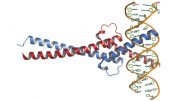
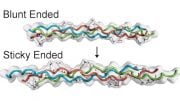




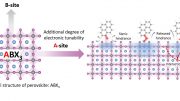
Be the first to comment on "Exploring the Brain’s Inhibitory Pathways: New Insights Into How Our Minds Control Impulses"